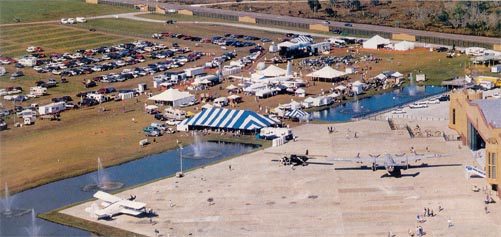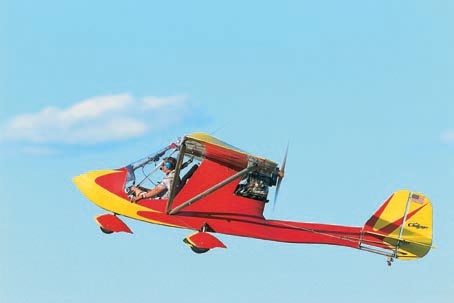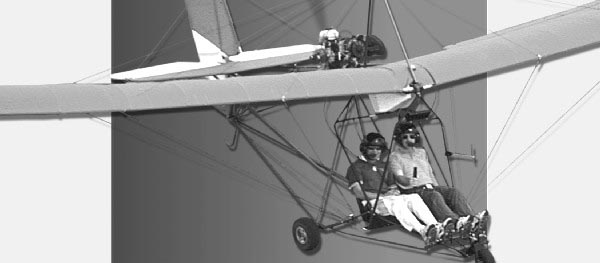Product Lines – May 1990
ST. PAUL, MINN — As you read this, the spring board of directors meeting is history. Prior to the assembly of regional leaders, a storm of information was mailed by our new, more businesslike headquarters. In the deluge were stats on our sport: the results of the fall director ballot and its member survey. Of our 11/89 member base of 7,496, 1,157 of you responded (15.4%), a high “confidence rating” number. Like most tables of figures, these don’t make fascinating reading (unless you’re in the business perhaps). What I’ll focus on here are two areas: glider brand market share and interest in paragliding. ||| It should surprise no one that Wills is the leading U.S. builder of gliders. At 34.1% nationally, they lead by ten points over second place Pacific Airwave (24.7%). PA’s rank may also not surprise you, but it proves the Salinas bunch–now with majority foreign ownership–has come a long way in just a few years. An old name in new clothing, UP is in third with 14.6%, though its hard to know how many are UP Int’l gliders versus those from UP Inc (the Pete Brock, Roy Haggard and Chris Price incarnation). Next in the top four is Delta Wing (9.0%), riding on the success of their Dream, which they’ve now licensed to UP Int’l. These Big Four are followed by a second tier lead by veteran Seedwings (5.8%), Moyes (4.6%), La Mouette (1.7%) and “Other” (5.5%: American Windwright, Odyssey, Northwing, a foreign name or two and the odd custom shop). ||| Another interesting aspect to all this is where the companies are strong or weak. Wills has very uniform leadership, except in “maverick” Region 11 (TX, LA), where PacAir (24%) dominates Wills (14%). In this region of statistical anomolies, Seedwings, Delta Wing, and Moyes all have double digit shares, twice their national rank. PacAir is also exceptionally strong in Region 10 (Southeast), Region 8 (New England), and Region 5 (ID, MO, Dakotas). UP has a quarter share in Region 4 (CO, NM) but is otherwise very even. Seedwings has a large 17% in Region 6 (KS, MO, OK), while Delta Wing has good shares in Regions 2 (Bay area), 7 (midwest), and 11 (Texas). Moyes has double digits in Region 7 (13.3%) and TX/LA (12%). La Mouette only has strength in Region 1 (WA, OR) where their best dealers are. All manufacturers tend to do well in their own locales. ||| In paragliding opinions voiced, a very even split has occurred among those who’ve decided: 38.4% FOR, 38.3% AGAINST, and 23.3% UNDECIDED. This contrasts to a similar ultralight question of a decade ago, where 70% voted AGAINST inclusion in the association and in the magazine. ||| In other product news, the Owens Composites’ Swift has flown! Veteran test pilot J.C. Brown took the rigid wing to California and used the UP Int’l truck for initial efforts toward HGMA certification. Photos indicate a composite D-cell with “conventional” dacron covering the aft two-thirds of chord. Ribs are two-part wishbone affairs that form both upper and lower shapes of the fully double-surfaced wing. Tip rudders look to be exact copies of the Fledge’ versions. Director Kent Owens reports an 82 pound weight on the prototype but hopes to shave a few pounds, possibly through the use of an exotic mylar and kevlar strand material inspired by windsurfing designers. The design group is working to reduce launch speeds. Their Swift News is used to keep all interested parties informed. ||| Rigid wings never die… and may one day catch on. In addition to the Swift, old friend Tim Morely reports that a new prototype Odyssey is flying now with an aluminum D-cell. They have a few in the field already, so have a slim lead over the Swift. And Don Mitchell has yet a newer version of the Mitchell Wing that he boasts will have 50% more performance than the B-10 wing (onto which Morley once hung a triangle control bar). After a wood mockup, Don will use the Kevlar material he says will help gain the performance jump. While many of us get charged up over the performance rigids offer, they have yet to penetrate the market, suggesting the main obstacle is one of marketing rather than engineering. Say! Outta room once again, so… Got news or opinions? Send ’em to: “Product Lines,” 8 Dorset, St. Paul MN 55118. Or call 612/457-7491 (days @ BRS); FAX: 612/457-8651. THANKS!


































